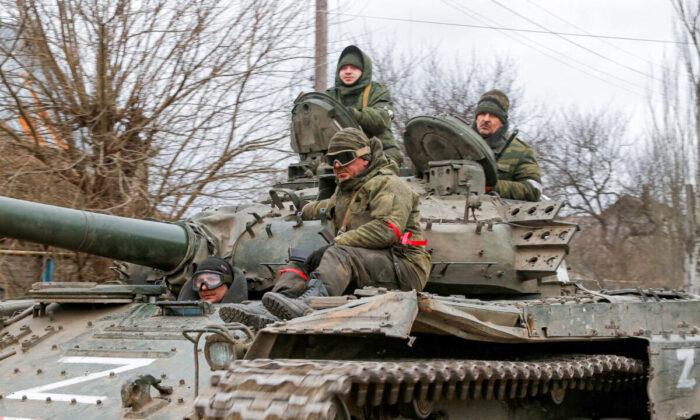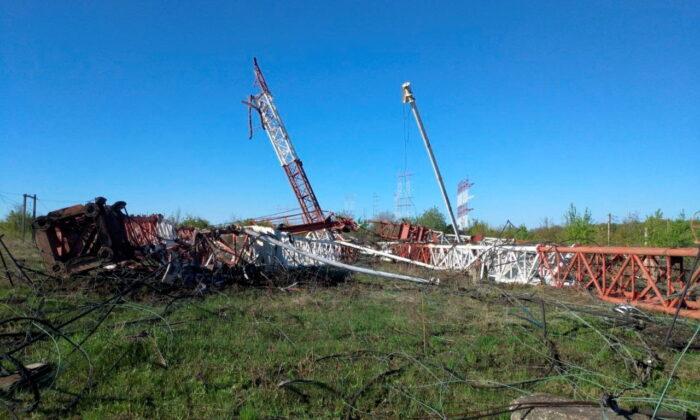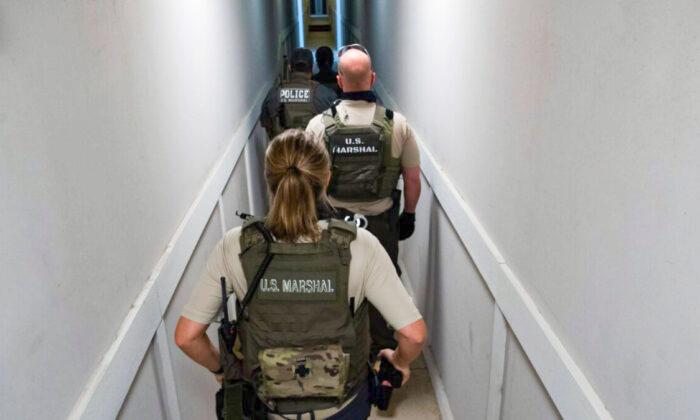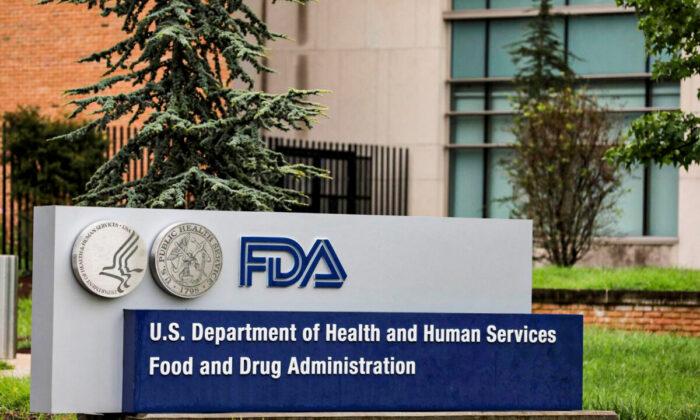Meat shortages in the United States could end within 10 days as meat plants start to reopen, Agriculture Secretary Sonny Perdue said on May 6.
“I think we’ve turned the corner,” Perdue said on May 6 during a meeting at the White House with President Donald Trump.
A number of major supermarket chains in the United States have announced limits on how much meat customers can buy, citing pandemic-driven supply chain disruption and the threat of panic-buying leaving store coolers empty.
As of May 4, beef and pork processing capacity in the United States was down 40 percent from 2019, according to Jayson Lusk, head of the department of agricultural economics at Purdue University, The Associated Press reported.
Perdue assured Americans that meat plants should be running at full capacity in a matter of days.
“We’ll see them coming back on line. ... I‘d say probably a week to 10 days we’ll be back up, fully back up,” he said.
Smithfield Foods also reopened its hog slaughterhouse in Monmouth, Illinois, on May 2, after a weeklong shutdown, while the company’s facility in Sioux Falls, South Dakota, took its first steps toward reopening May 4 after being shuttered for more than two weeks because of an outbreak that infected more than 800 employees.
Arkansas-based Tyson Foods was also resuming “limited production” on May 4 at its pork processing plant in Logansport, Indiana, where nearly 900 employees had tested positive for the virus.
Meat-processing workers are particularly susceptible to the CCP virus, commonly known as the novel coronavirus, because they typically stand shoulder-to-shoulder on the line and congregate in crowded locker rooms and cafeterias.
Trump wrote in the April 28 order: “It is important that processors of beef, pork, and poultry (“meat and poultry”) in the food supply chain continue operating and fulfilling orders to ensure a continued supply of protein for Americans. However, outbreaks of COVID-19 among workers at some processing facilities have led to the reduction in some of those facilities’ production capacity.”
When asked if sufficient steps are being taken to protect workers at meat plants, Pence said during the May 6 meeting that the health and safety of employees, and ensuring there is “strength in our food supply and getting people back to work,” are of equal importance.





